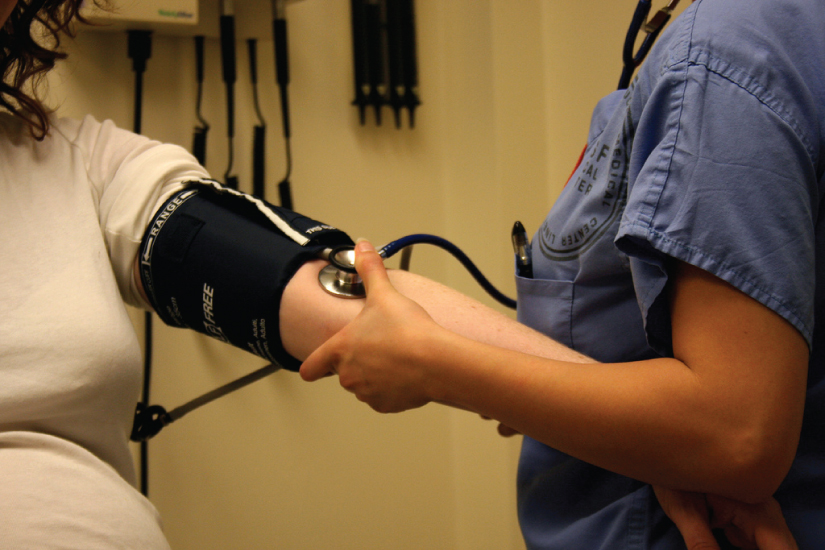
|

1.1 An introduction to the human body Read Online
1.2 The chemical level of organization Read Online

After studying this chapter, you will be able to:
Though you may approach a course in anatomy and physiology strictly as a requirement for your field of study, the knowledge you gain in this course will serve you well in many aspects of your life. An understanding of anatomy and physiology is not only fundamental to any career in the health professions, but it can also benefit your own health. Familiarity with the human body can help you make healthful choices and prompt you to take appropriate action when signs of illness arise. Your knowledge in this field will help you understand news about nutrition, medications, medical devices, and procedures and help you understand genetic or infectious diseases. At some point, everyone will have a problem with some aspect of his or her body and your knowledge can help you to be a better parent, spouse, partner, friend, colleague, or caregiver.
This chapter begins with an overview of anatomy and physiology and a preview of the body regions and functions. It then covers the characteristics of life and how the body works to maintain stable conditions. It introduces a set of standard terms for body structures and for planes and positions in the body that will serve as a foundation for more comprehensive information covered later in the text. It ends with examples of medical imaging used to see inside the living body.
Question: Which of the following is TRUE regarding Propranolol?
Choices:
selective B1 adrenergic antagonist
increases HR and cardiac contractility
limited use because of B2 blockade causing bronchoconstriction
increases sympathetic stimulaiton
blocks norepinephrine which decrease BP
Question: Autonomic drugs may complicate /interfere with clinical signs of inadequate anesthesia. True/False
Choices:
True
False
Question: Alpha 2 adenergic agonist are presynaptic. true/false
Choices:
True
False
Question: Prazozin is a selective _______ antagonist used as antihypertensive in CHF (reduces preload and afterload)
Choices:
Beta1
Beta2
Alpha1
Alpha2
Question: Which of the following is false regarding (Dex) medetomidine?
Choices:
has a high safety profile
is an alpha 2 agonist that causes CNS depression and widely used as an adjunct for sedation, anesthesia, and analgesia
Has the same pre anesthetic effects as Xylazine
overall effect is an increase in blood pressure with a transient decrease in blood pressure
allows for a lower dose of other anesthetic drugs with lower safety profiles
Question: Which of the following is false selective regarding Alpha2 antagonist?
Choices:
less sedation , less analgesia
increased sympathetic outflow from brain; increased norepinephrine release
used for reverse of (Dex)medetomidine with minimal risk for relapse
Atipamezole is a competitive alpha 2 adrenergic antagonist
selective Alpha 2 antagonist is mainly used in patients with cardiac disease
Question: Which of the following is a selective Beta 1 adrenergic selective antagonist?
Choices:
Propanolol
Timolol
Phenoxybenzamine
Atenolol
Prazosin
Question: Phenylephrine is a selective alpha 2 agonist.
Choices:
True
False
Question: Administration of atenolol would be expected to decrease heart rate and the force of cardiac contraction.
Choices:
True
False
Question: Clenbuterol :
Choices:
is a bronchoconstrictor
selective beta 1 antagonist
selective beta 2 antagonist
selective beta 1 agonist
selective beta 2 agonist
Question: Which of the following is a non competitive adrenergic antagonist that irreversible blocks alpha 1 and alpha 2 receptors?
Choices:
Epinephrine
Norepinephrine
Phenoxybenzamine
Phentolamine
Reserpine